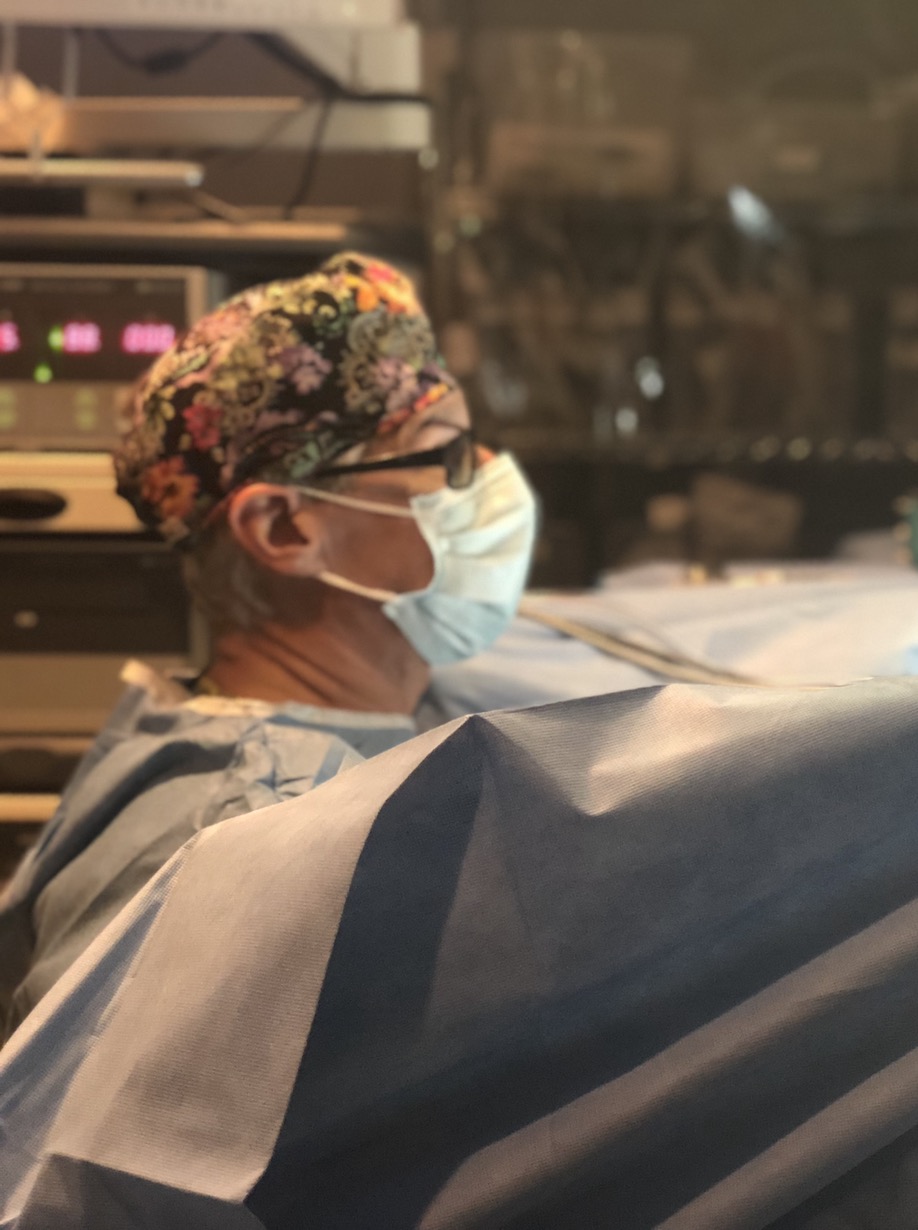Hysteroscopy
What is a Hysteroscopy?
A hysteroscopy is a minimally invasive diagnostic and corrective procedure where a hysteroscopy (a thin telescope-like camera) is inserted through the vagina and cervix into the cavity of the uterus (the endometrial cavity).
A Hysteroscopy is done so that your physician can visualize, investigate, and correct (if discovered) the source of abnormal uterine bleeding or suspected cause of infertility and miscarriage.
Hysteroscopy Procedure
What to Expect
A hysteroscopy is typically scheduled in the week after menstruation has stopped.
It is usually recommended that the patient take 800mg of ibuprofen orally an hour prior to the surgery.
Most patients are placed under general anesthesia for the duration of the procedure (to allow for a corrective hysteroscopy to take place should any abnormalities be found) and to allow for a concurrent laparoscopy procedure. Despite being put under using general anesthesia, no incision is typically made unless corrective measures are taken after discovering a potential cause of infertility or a laparoscopy is simultaneously performed.
The length of the procedure depends greatly on the reason for the hysteroscopy, what is identified, corrective measures taken during the surgery and whether or not it is combined with a laparoscopy.
Hysterosocopies generally have a short recovery time and little post procedure discomort. You can expect cramping (similar to menstrual cramps) and slight vaginal bleeding for a few days. It is important that you use peri-pads NOT TAMPONS for any vaginal discharge. As always, contact your medical team with any questions or concerns.
What if Something is Found?
A Operative Hysteroscopy
If an abnormality is found during a hysteroscopy, it is often corrected during the same hysteroscopy procedure. The following are often encountered and routinely removed:
Fibroids and Polyps
Fibroids and Polyps are uterine growths that can interfere with both implantation and embryo/fetal growth.
Adhesions
Bands of scar tissue in the uterus that can interfere with embryo implantation and fetal growth.
Septum
A dense fibrous tissue that divides the uterine cavity interfering with implantation and embryo growth.
Add On Procedures
In addition to a Hysteroscopy, two other procedures are often added during the procedure.
Endometrial Biopsy
A light and controlled scratching performed to the endometrium that causes cytokines and other chemicals that foster healing and growth to the endometrium.
Laparoscopy
A minimally invasive surgery that allows the surgeon to visualize the abdominal and pelvic organs like the uterus, fallopian tubes, and ovaries and correct any abnormalities.
